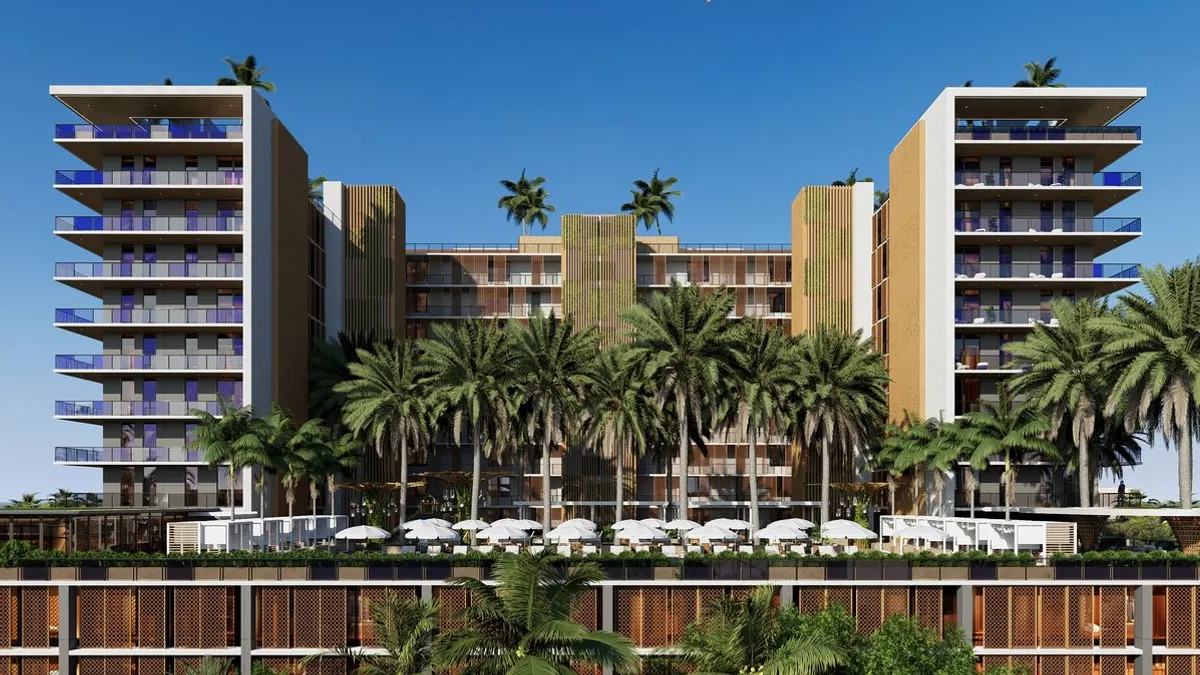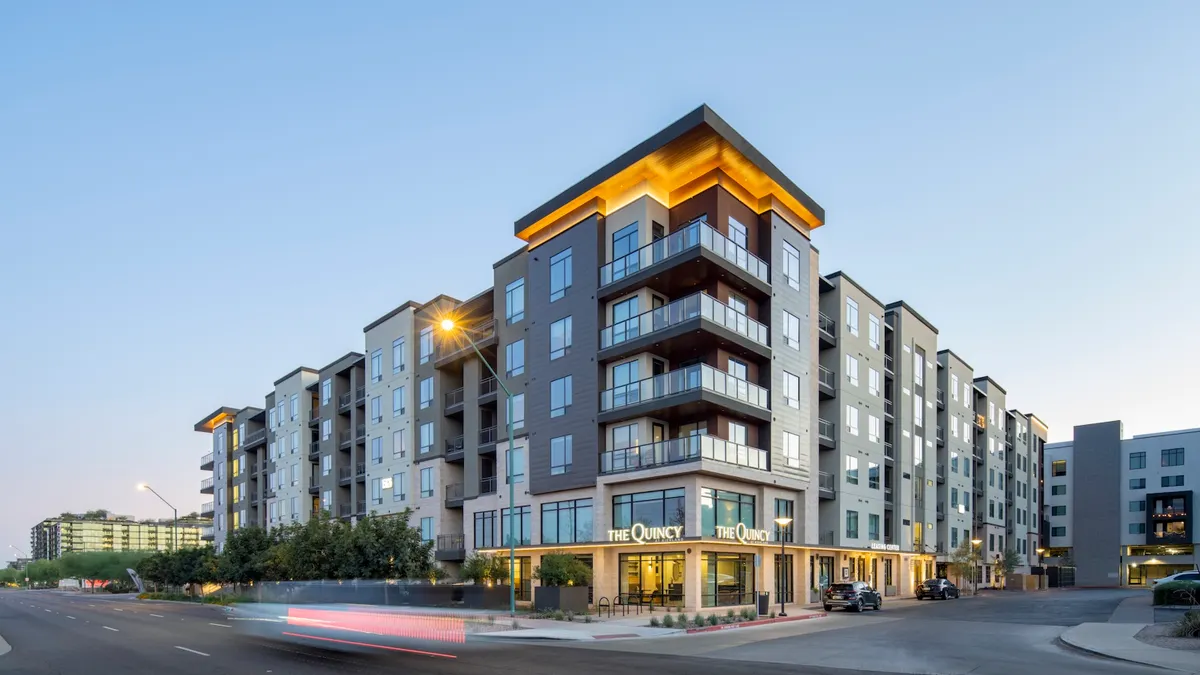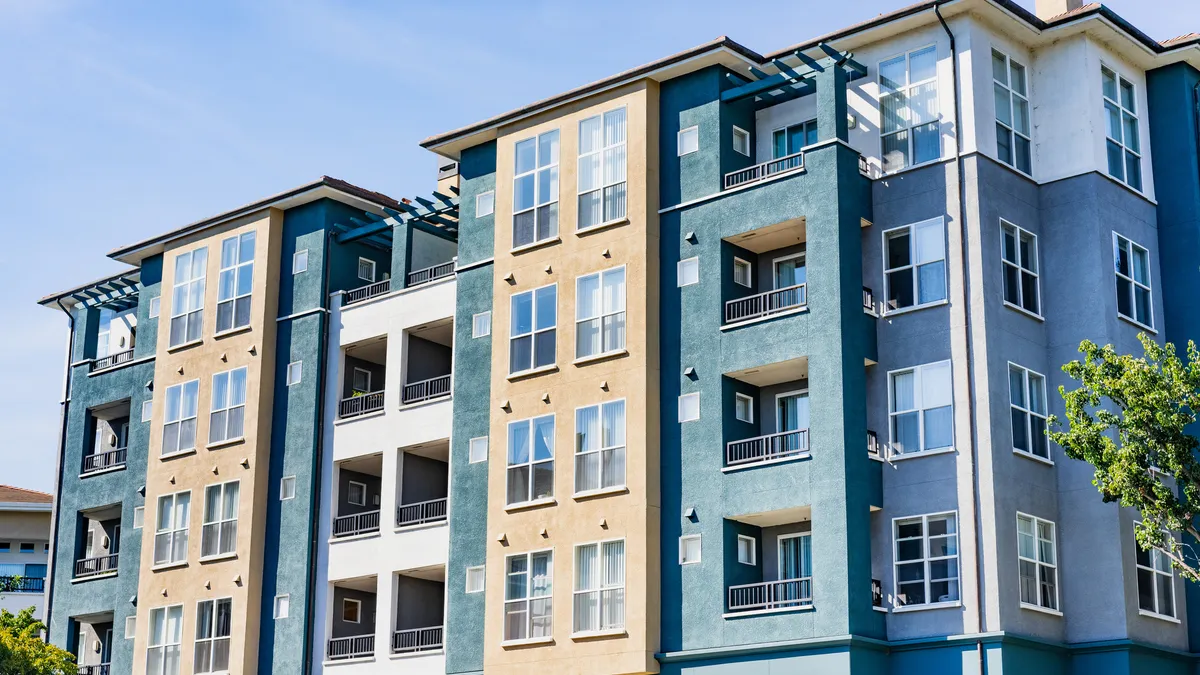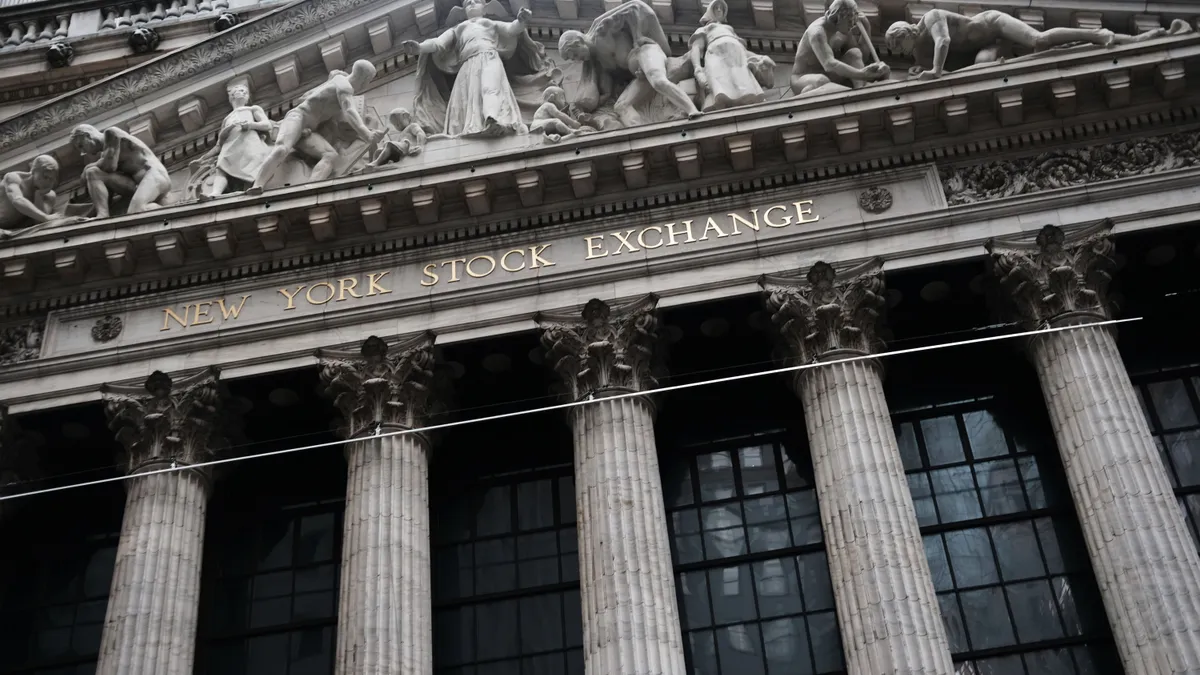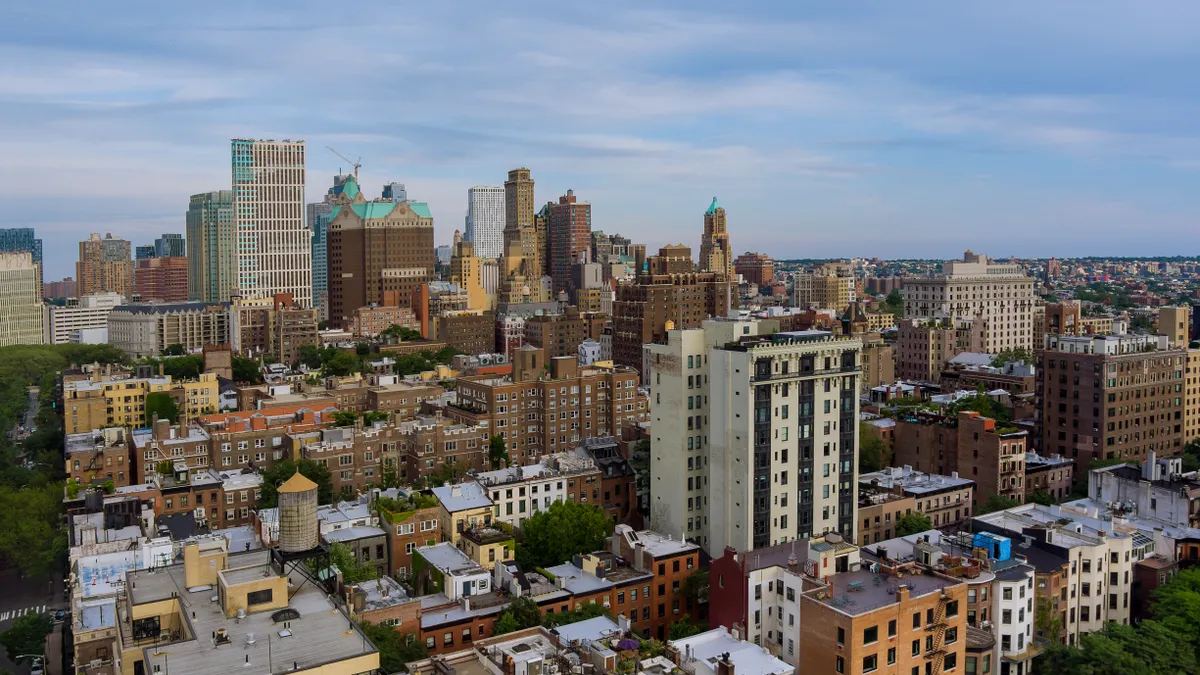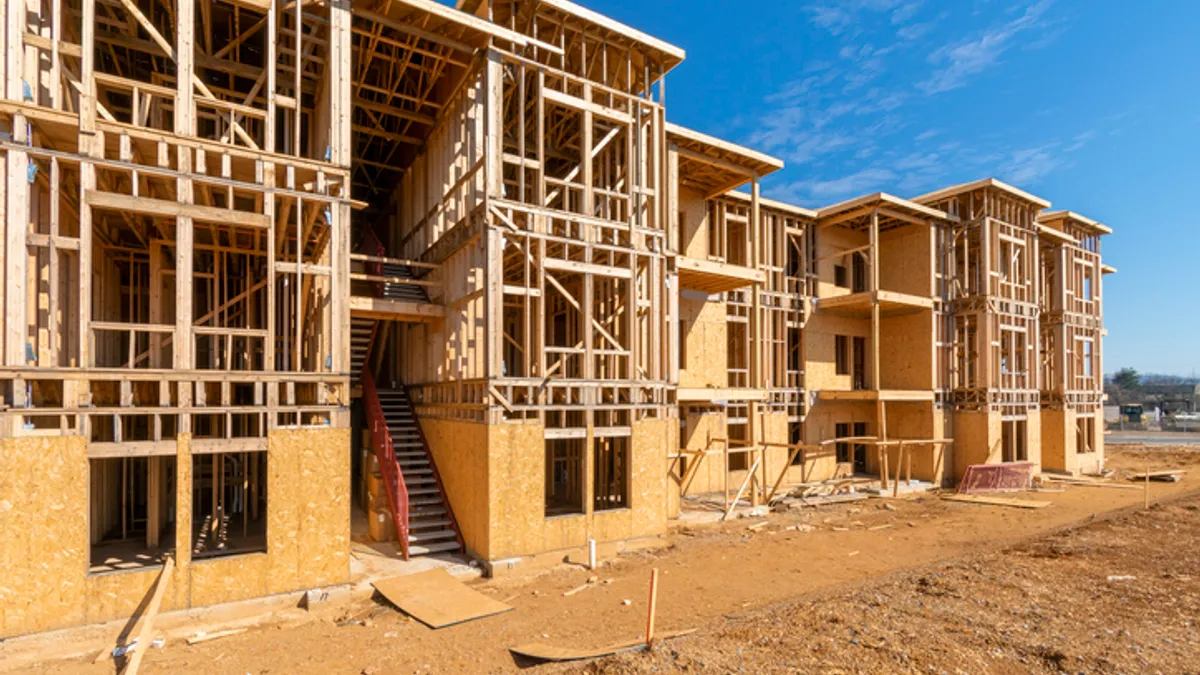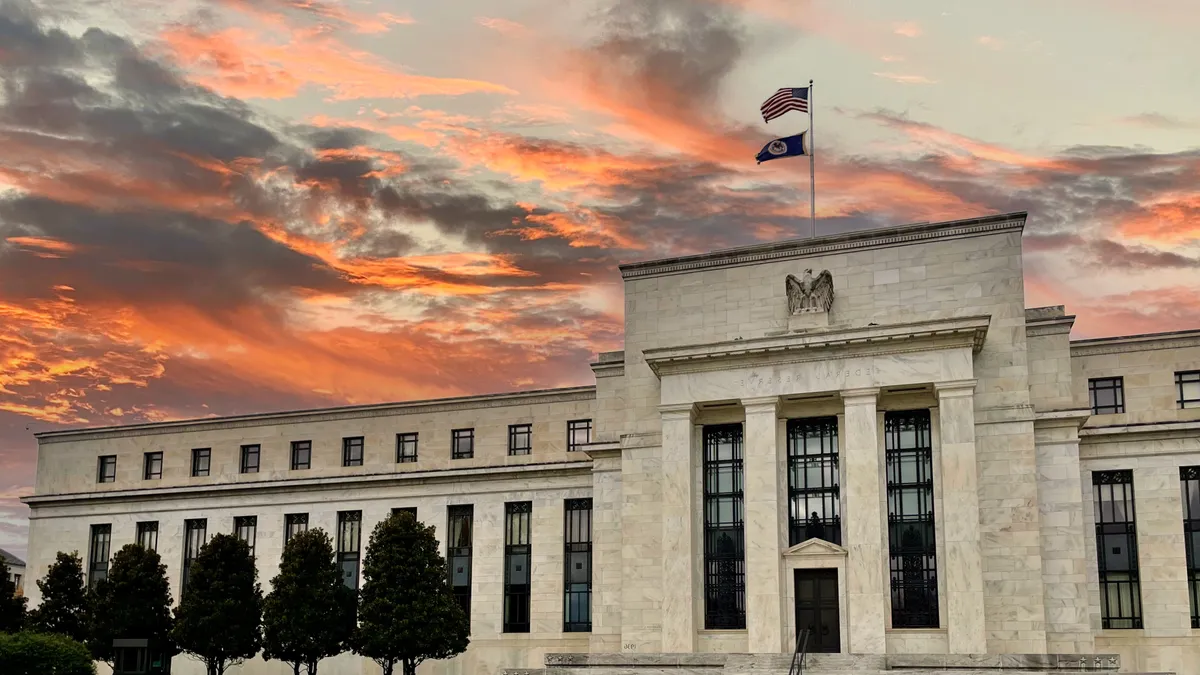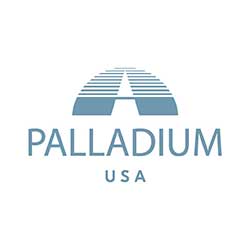Over his decade living in Hollywood, Florida, Gevorg Shahbazyan always saw great potential in the parcel of land at 2100 North Federal Highway.
“It's an up-and-coming location between Miami and Fort Lauderdale,” Shahbazyan said. “The next logical place [for development] is the city of Hollywood.”
Hollywood sits between Fort Lauderdale and Miami in Florida. Shahbazyan thinks both areas are getting too expensive, which, in his mind, suggests strong demand for a 200-unit, 14-story building in Hollywood.
So, it made sense that Shahbazyan, the founder and CEO of Starlife Group, would break ground on his first high-rise project at that location in his own backyard.
“I met with the city before purchasing the property, as part of my due diligence,” Shahbazyan said. “I was given this presentation listing the investment that the city has already made and what they're planning to make in the city. And we were talking about billions of dollars.”
With that confidence, he bought the 1.48-acre site for $6.5 million in 2023, according to Florida YIMBY. It will be home to a 14-story mixed-use project called 21 Hollywood.
While 21 Hollywood represents a step up for a company that has been in business since 2018, it's just a project that requires more coordination, Shahbazyan says. Previously, he has worked on lower-density residential projects.
“This is the first high-rise project that we're doing, but this is not different from doing just one single-family home,” Shahbazyan said. “The coordination and planning are a bit different. It demands much more coordination, time and investment. But at the end of the day, building one building or one house or building a building with 200 units, they have a lot of similarities.”
Here, Shahbazyan talks with Multifamily Dive about risk management, construction funding and tariffs.
This interview has been edited for brevity and clarity.
MULTIFAMILY DIVE: South Florida has been a place where many developers have run into trouble over the years. How have you mitigated the risks?
GEVORG SHAHBAZYAN: We brought in industry experts to join and work with us. So that's one way to mitigate the risks.
We went after one of the best structural engineers in the state. We started working with the best architect. Kobi Karp is one of the best in the world. To have A-plus people like that next to you on a project like this is what you need.
As first-time developers doing high-rise buildings with half a million square feet, you want to have the best next to you. You don't want the best team to work against you and with your competition. You might as well just pay them a little extra and have them next to you.
Are you planning to hold 21 Hollywood or sell it?
I would like to stabilize the building first, and then it depends on the market. The market is very uncertain today, with rising construction costs plus high interest rates. We thought it could possibly be converted into condos and sold as condos. We are not doing anything today toward that, but that might be an option after stabilization, because I think the market will be much more friendly to condo units.
To keep that flexibility, are you developing it with condo finishes in mind?
We are putting in a lot of nice amenities and appliances. The general finishes are going to be pretty nice. So we are also planning that, maybe in the future, we'll have a couple of exit options. One option would be to just refinance it and hold it. Then the other option would be to convert it to condos later, after stabilization, and sell it.
How have you funded 21 Hollywood?
When interest rates are rising and there's market uncertainty, you have to think very flexibly and adapt to the new environment. We tried to look at very flexible funding.
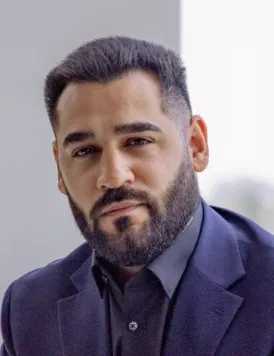
For a developer, it makes sense to work with EB-5 because we’re paying a much lower interest rate than an average construction loan, which is anywhere from 8% to 10% plus or minus. We are at 5% or 6%, and sometimes even lower for the EB-5.
It benefits us because it's flexible funding. It benefits the investors because they're getting a green card, and it benefits the community and the government because we're creating jobs and improving the communities. With our 21 Hollywood project, we are creating 1,521 jobs.
How have tariffs impacted the construction of 21 Hollywood?
We were pretty close to having some issues. We mitigated all of these risks. We paid our vendors before because we knew that a lot of things can change. At the time of foundation, I paid them for the finishes, appliances and everything. So we got that covered.
If we waited a couple of months, we would probably be stuck. Kitchen cabinets have risen 25% so we actually got our contracts done maybe three months before. So it was like perfect timing.
What’s next for you after 21 Hollywood?
We have some large-scale projects that I don't want to disclose right now, but by the end of the year or early next year, I'll disclose them. We have few coming up, and we have a lot more smaller townhouses and single-family homes. These kinds of projects are usually to cover our operational expenses as we go on to build the larger ones.
Click here to sign up to receive multifamily and apartment news like this article in your inbox every weekday.



